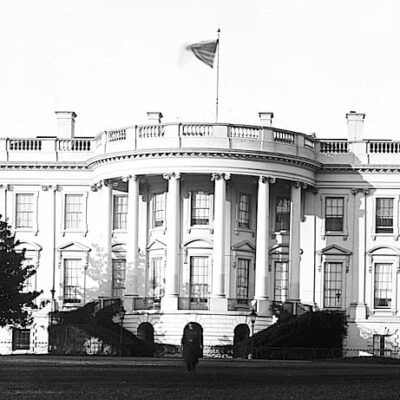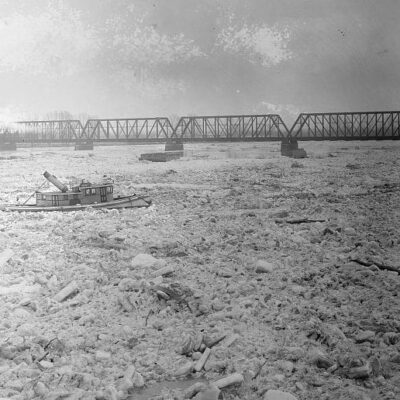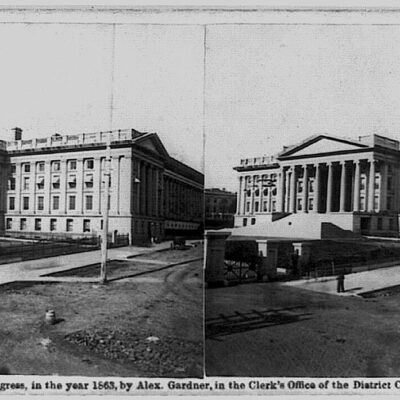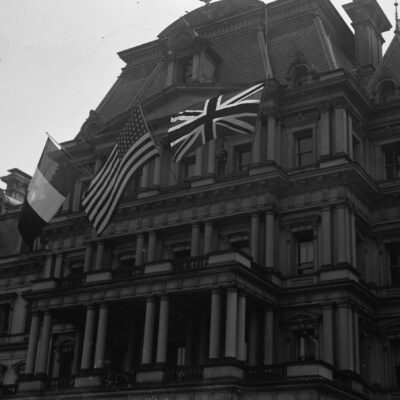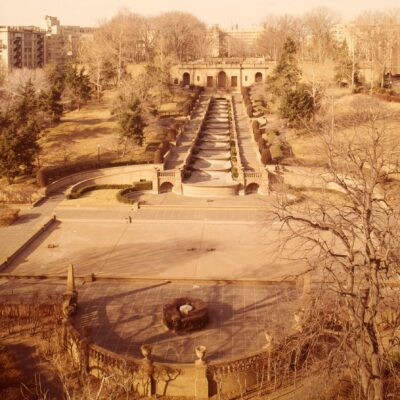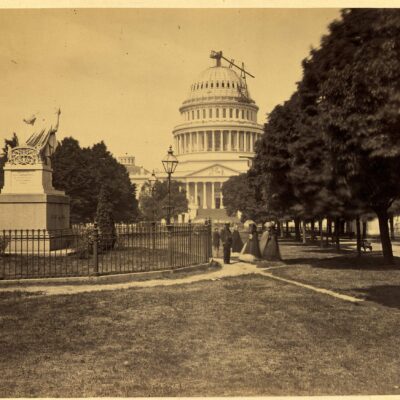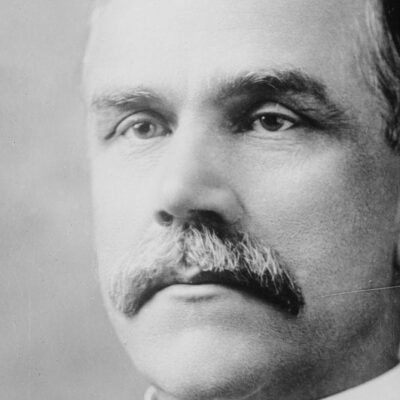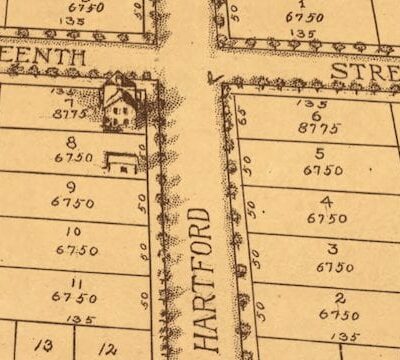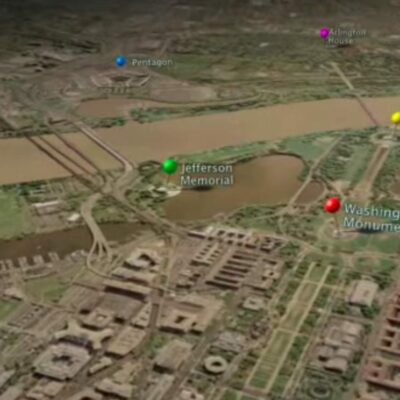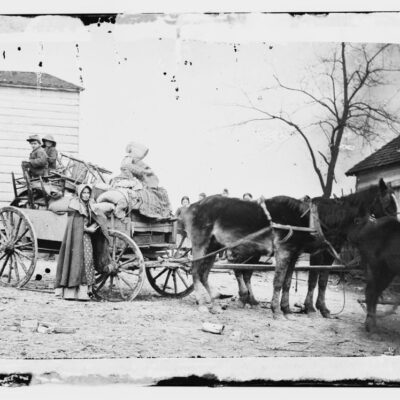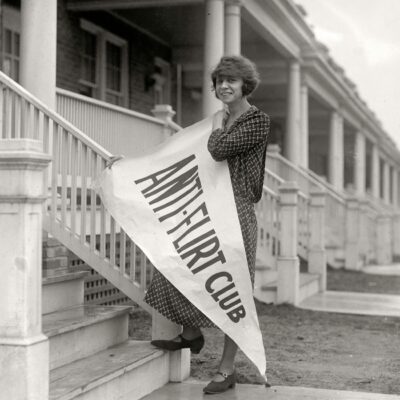A Stately Georgetown Mansion
In the heart of historic Georgetown sits an elegant Federal-style mansion known today as Dumbarton House. But this National Historic Landmark, home of the National Society of Colonial Dames, was not always located on its current perch overlooking Rock Creek. For over a century, the mansion stood proudly on a bluff further south on Q Street. However, early 20th century plans to extend Q Street forced the home’s dramatic move to its present location.
The home’s origins date back to around 1799, when it was built on a large parcel of land at the foot of Georgetown Heights. It was originally known as Bellevue and owned by merchant James Howard, who sold it in 1801 to Joseph Nourse, the first Registrar of the Treasury. Nourse entertained many prominent politicians at Bellevue, including George Washington and Thomas Jefferson.
Saving Bellevue from Demolition
In 1814, Nourse’s widow rented Bellevue to Charles Carroll, cousin of the Declaration of Independence signer. When British troops attacked Washington in August 1814, First Lady Dolley Madison took refuge there for a night before fleeing the city.
Bellevue changed hands several times over the next century. By the early 1900s, it was owned by John L. Newbold, president of Merchants Transfer and Storage Company. Newbold had acquired the stately home in 1912. However, the District of Columbia had other plans for the site.
In 1913, Congress approved funding for a new bridge over Rock Creek at Q Street. To reach the creek, Q Street needed to cross Bellevue’s large lot. Newbold fought the move in court, but ultimately lost. In 1915, the city condemned the land and demanded Newbold relocate or demolish the mansion.

Moving a House 60 Feet North
Ever the businessman, Newbold opted to move Bellevue rather than raze it. He hired expert house mover Caleb Saers, who carefully jacked the home up less than an inch off its foundation. Over three weeks in July 1915, Saers slowly rolled the building on giant timbers some 60 feet north to its current placement. The home’s two wings were dismantled, while the main central portion was preserved.
With Bellevue out of the way, the District quickly graded the new Q Street extension and built the stone arch bridge over Rock Creek. On December 24, 1915, Q Street opened for traffic. The total project cost nearly $200,000.
Preserving a Historic Treasure
Now situated on a prominent ledge above Rock Creek, Bellevue gained new fame as a historic Georgetown treasure. John Newbold sold it in 1928 to the National Society of Colonial Dames, which restored its original Federal detailing. Renamed Dumbarton House, the mansion serves today as the Society’s national headquarters and museum of early American decorative arts.
The careful relocation of Dumbarton House in 1915 preserved one of Georgetown’s most significant structures. Moving houses was not unheard of during this era. But this massive undertaking moved a centuries-old mansion more than its entire length and left the home intact. The successful engineering feat is a testament to the determination of Newbold and skill of Saers’ crew.
Dumbarton House remains a little-known story of historic preservation and urban planning in Washington, D.C. Next time you cross the Q Street bridge, glance down at the stately mansion by the creek. It has occupied that spot for over a century thanks to a monumental move. The home stands as a unique example of the City Beautiful movement saving our architectural heritage.
